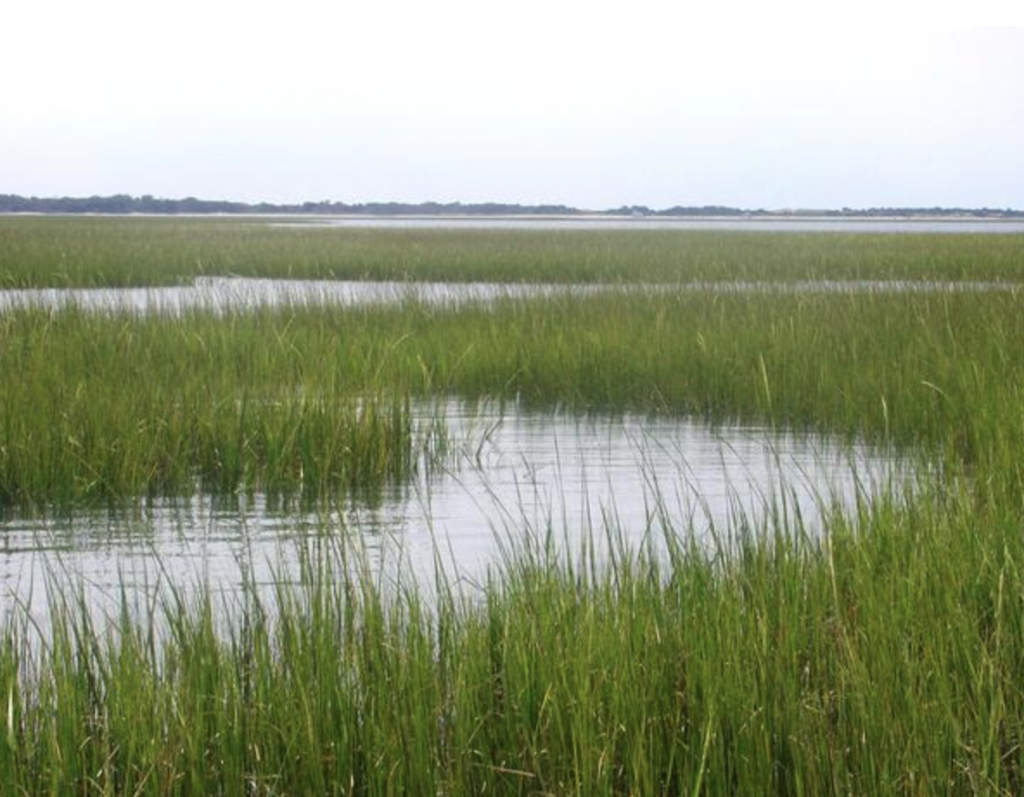Timely Article on Wetland Value Published by NC State’s Burchell and Hunt
go.ncsu.edu/readext?585540
en Español / em Português
El inglés es el idioma de control de esta página. En la medida en que haya algún conflicto entre la traducción al inglés y la traducción, el inglés prevalece.
Al hacer clic en el enlace de traducción se activa un servicio de traducción gratuito para convertir la página al español. Al igual que con cualquier traducción por Internet, la conversión no es sensible al contexto y puede que no traduzca el texto en su significado original. NC State Extension no garantiza la exactitud del texto traducido. Por favor, tenga en cuenta que algunas aplicaciones y/o servicios pueden no funcionar como se espera cuando se traducen.
Português
Inglês é o idioma de controle desta página. Na medida que haja algum conflito entre o texto original em Inglês e a tradução, o Inglês prevalece.
Ao clicar no link de tradução, um serviço gratuito de tradução será ativado para converter a página para o Português. Como em qualquer tradução pela internet, a conversão não é sensivel ao contexto e pode não ocorrer a tradução para o significado orginal. O serviço de Extensão da Carolina do Norte (NC State Extension) não garante a exatidão do texto traduzido. Por favor, observe que algumas funções ou serviços podem não funcionar como esperado após a tradução.
English
English is the controlling language of this page. To the extent there is any conflict between the English text and the translation, English controls.
Clicking on the translation link activates a free translation service to convert the page to Spanish. As with any Internet translation, the conversion is not context-sensitive and may not translate the text to its original meaning. NC State Extension does not guarantee the accuracy of the translated text. Please note that some applications and/or services may not function as expected when translated.
Collapse ▲ North Carolina State University’s Dr. Mike Burchell and Dr. Bill Hunt, both of the Department of Biological and Agricultural Engineering with CALS, have published a timely piece on the function and value of natural and constructed wetlands.
North Carolina State University’s Dr. Mike Burchell and Dr. Bill Hunt, both of the Department of Biological and Agricultural Engineering with CALS, have published a timely piece on the function and value of natural and constructed wetlands.
The article, Natural and Constructed Wetlands in North Carolina: An Overview for Citizens, provides an overview of the ecological importance of wetlands, including their role in flood control, surface water and streamflow management, pollution control, and wildlife habitat. Drs. Burchell and Hunt also provide an overview of the installation and function of constructed wetlands and their role in urban stormwater management.
Though the Environmental Protection Agency has recently introduced draft regulations to narrow the definition of protected bodies of water, which include wetlands, it is nonetheless timely that we should be reminded of their value for future protection efforts.


